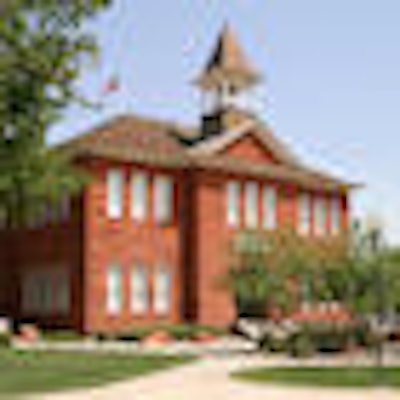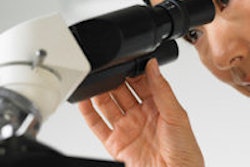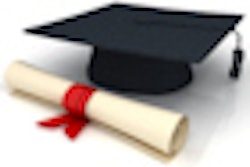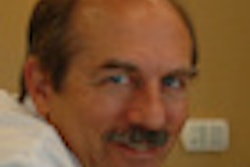
For the past 40 years, a small number of dedicated dental students at the University of Minnesota have had the opportunity to participate in the very popular School of Dentistry's Summer Research Fellowship Program.
During the course of the program, students work over the summer on projects related to dentistry and craniofacial research under the guidance of a faculty member.
"Fundamentally, it is 10 weeks of research," Joel Rudney, PhD, assistant dean for research at the School of Dentistry and director of the program since 2005, told DrBicuspid.com. "The student also attends weekly seminars during the summer and completes a poster and a 10-page paper by the end of the following spring semester."
Eight to ten of the roughly 200-250 School of Dentistry applicants who are invited for an admissions interview are offered research during the summer before their first year. An additional 8-10 slots are available for students who are finishing their first year of dental school. Third-year dental hygiene students are also eligible.
"The students involved with the program are exceptional in their motivation and knowledge of research," said Kyle Holmberg, a dental student who has participated in the program. "The summer fellows are working on everything from basic biology to materials science to clinical work."
Increasing diversity
The purpose of the program has been the same since its inception. One of its key goals is to expose students to the possibility of a career in academic dentistry. But the scope of research that students participate in has broadened.
“We feel it's really important to stress the importance of academics and research in the future of dentistry.”
— Kyle Holmberg, 2014 DDS student
"It has changed incrementally," Dr. Rudney explained. "One of my initiatives was more involvement with our clinical faculty, and that has happened. What I have been trying to do is have students participate in more diverse types of research with mentors that aren't in the dental school but who can collaborate."
Holmberg's shared a common interest with a professor and saw an opportunity. He heard about the Fellowship from classmates who participated in it and decided to enlist one of the university's biomaterials professors for research support.
"I was familiar with his work since he was a materials scientist by training, not a dentist," Holmberg explained. "That related to my background, an undergraduate in biomedical engineering, specifically focused on biomaterials research. The fact that we had similar interests and he needed students working in his lab made it a good fit."
Presenting student research is another key aspect of the program. "All the fellows in the program have the opportunity to present at the university," Holmberg said. "We have a Dean's Day for research where they present to the community of faculty and students."
Students represent the School of Dentistry in local and regional conferences such as the Midwest Student Dental Research Conference, which rotates between nine different university's dental schools.
"We send our entire group of students to those events," Dr. Rudney noted. "They work and tour the hosts' school among other activities, so it's great for them. There are travel-related prizes associated with excellence in writing their research papers."
New opportunities
In recent years, the program has set its sights further. "What I have been trying to do is expand opportunities to go to national meetings," Dr. Rudney explained. "The previous dean really promoted the program and encouraged this, provided funding, and it has continued under our interim dean."
The efforts have allowed the students to travel and present their work during poster sessions among professionals in the field. Thirteen students from the Fellowship recently attended the American Academy for Dental Research in Tampa. Holmberg attended the International Association for Dental Research meeting in San Diego in March 2011.
"It was a great experience for me from the standpoint of working hard on a project and going to a meeting where I presented to other materials science people," Holmberg said. "To be able to present and feel like I contributed to the field in a relevant way was very powerful and inspiring. And seeing how your work is relevant to dentistry is really valuable."
For students like Holmberg, the program can lead to other opportunities. "Next year I'll take a year off to go to the National Institutes of Health for a year-long medical research scholars program," he said.
He and the other students in the program are keenly aware that they can be the next leaders in the profession. In fact, they have already expressed their dedication to the vitality of dentistry with their actions.
"This January we had an initiative from the students to reestablish a student group for the specific purpose of helping to promote dental research," Holmberg explained.
"That's one of the things in the field -- there's kind of a dichotomy of dental schools being more clinic-oriented and others that are trying to do both clinic and academics. And there's kind of that split now in some of the new dental schools opening. So we feel it's really important to stress the importance of academics and research in the future of dentistry."



















